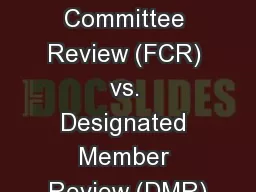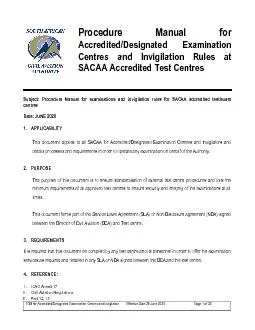PPT-Designated Teacher Training
Author : tawny-fly | Published Date : 2020-01-03
Designated Teacher Training Monday 4 th December Boxall Profile Training Childrens learning is understood developmentally The classroom offers a safe base Nurture
Presentation Embed Code
Download Presentation
Download Presentation The PPT/PDF document "Designated Teacher Training" is the property of its rightful owner. Permission is granted to download and print the materials on this website for personal, non-commercial use only, and to display it on your personal computer provided you do not modify the materials and that you retain all copyright notices contained in the materials. By downloading content from our website, you accept the terms of this agreement.
Designated Teacher Training: Transcript
Download Rules Of Document
"Designated Teacher Training"The content belongs to its owner. You may download and print it for personal use, without modification, and keep all copyright notices. By downloading, you agree to these terms.
Related Documents

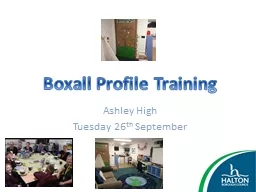

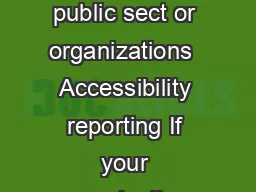
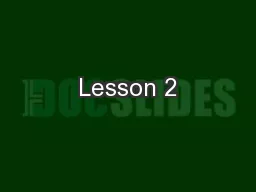

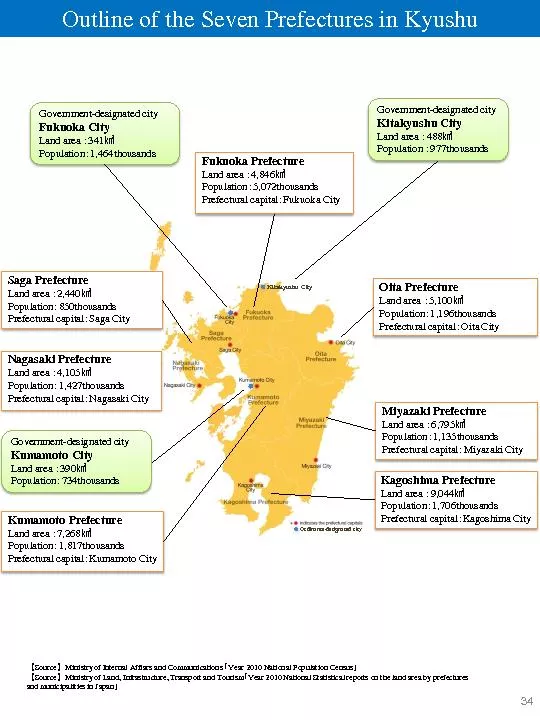
![[Restricted] ONLY for designated groups and individuals](https://thumbs.docslides.com/528549/restricted-only-for-designated-groups-and-individuals.jpg)


